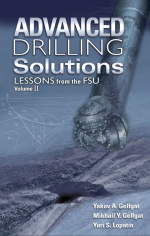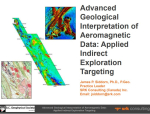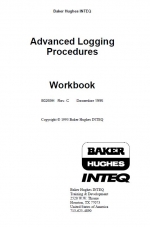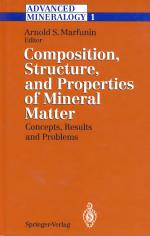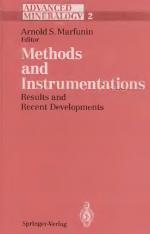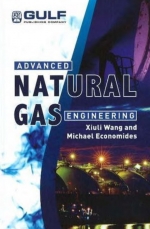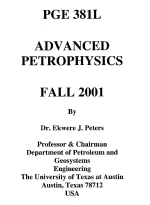All existing introductory reviews of mineralogy are written according to the same algorithm, sometimes called the "Dana System of Mineralogy". Even modern advanced handbooks, which are certainly necessary, include basic data on minerals and are essentially descriptive. When basic information on the chemistry, structure, optical and physical properties, distinguished features and para-genesis of 200-400 minerals is presented, then there is practically no further space available to include new ideas and concepts based on recent mineral studies.
A possible solution to this dilemma would be to present a book beginning where introductory textbooks end for those already familiar with the elementary concepts. Such a volume would be tailored to specialists in all fields of science and industry, interested in the most recent results in mineralogy.
This approach may be called Advanced Mineralogy. Here, an attempt has been made to survey the current possibilities and aims in mineral matter investigations, including the main characteristics of all the methods, the most important problems and topics of mineralogy, and related studies.
The individual volumes are composed of short, condensed chapters. Each chapter presents in a complete, albeit condensed, form specific problems, methods, theories, and directions of investigations, and estimates their importance and strategic position in science and industry.


